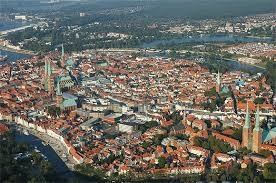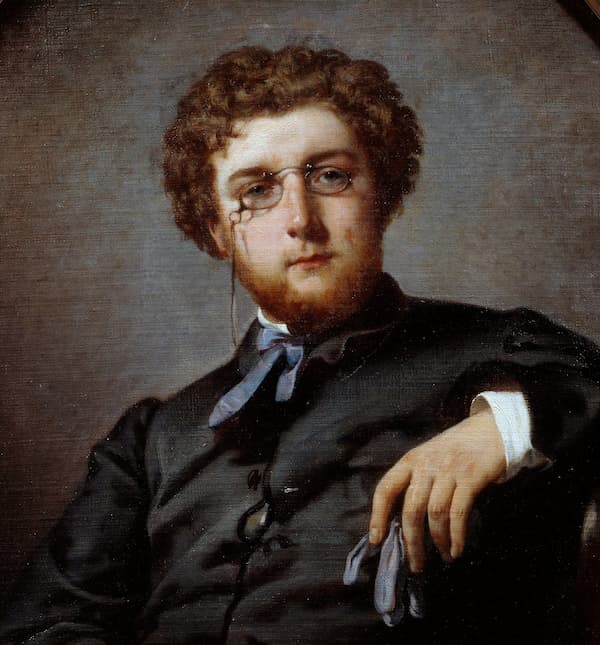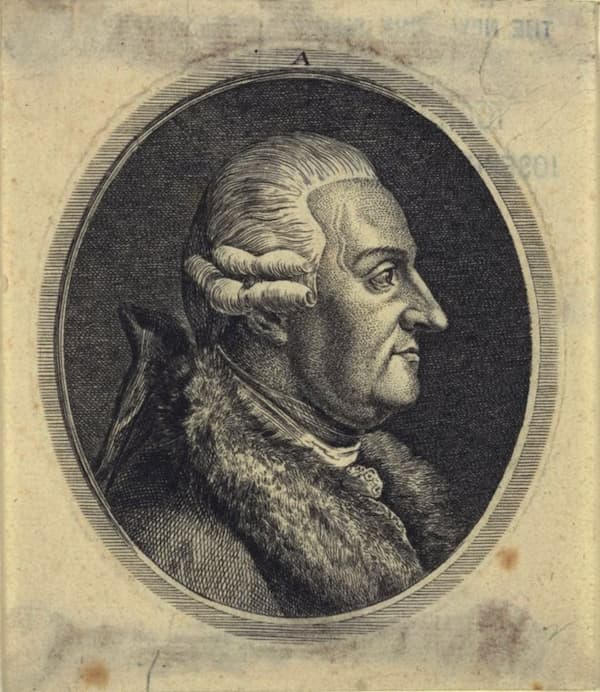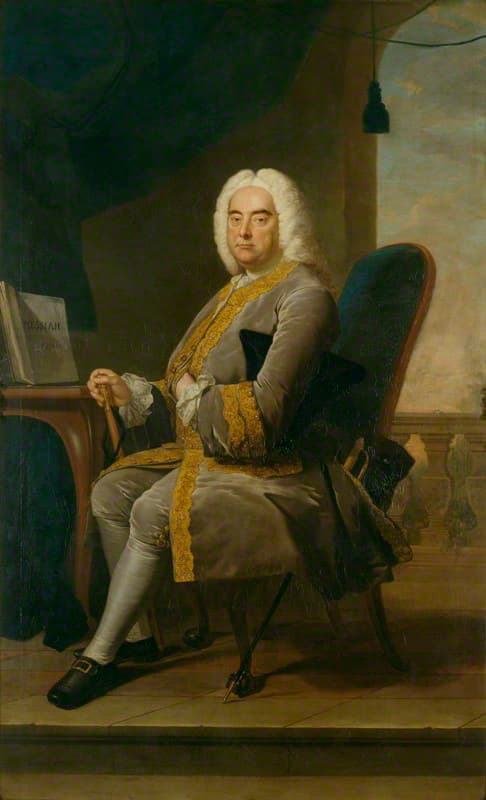Free Concerts for Advent
 In many Western Christian churches, the season of Advent prepares believers for the celebration of the nativity of Jesus at Christmas. Traditionally, Advent marks the beginning of the Church Year, and symbolizes the spiritual journey towards the affirmation of the coming Christ. This four-week period of expectation, anticipation and longing is frequently referred to as the “quietest time of the year.” But thanks to the inventiveness of the organist Franz Tunder (1614-67)—born 400 years ago—churches nowadays are resounding with wonderful devotional music during Advent. In 1646, Tunder at his own expense organized the earliest known series of public concerts in Germany. Termed “Abendmusik” (Evening Music), these concerts originally presented organ music in the Marienkirche (St. Mary’s Church) in Lübeck. Eventually Tunder added singers and small groups of instrumentalists performing music to Latin and German texts. These texts were all sacred, but clearly not appropriate for liturgical use in church services. As such, Tunder’s evening music was exclusively designed to enhance the quiet contemplation ascribed to the season of Advent.
In many Western Christian churches, the season of Advent prepares believers for the celebration of the nativity of Jesus at Christmas. Traditionally, Advent marks the beginning of the Church Year, and symbolizes the spiritual journey towards the affirmation of the coming Christ. This four-week period of expectation, anticipation and longing is frequently referred to as the “quietest time of the year.” But thanks to the inventiveness of the organist Franz Tunder (1614-67)—born 400 years ago—churches nowadays are resounding with wonderful devotional music during Advent. In 1646, Tunder at his own expense organized the earliest known series of public concerts in Germany. Termed “Abendmusik” (Evening Music), these concerts originally presented organ music in the Marienkirche (St. Mary’s Church) in Lübeck. Eventually Tunder added singers and small groups of instrumentalists performing music to Latin and German texts. These texts were all sacred, but clearly not appropriate for liturgical use in church services. As such, Tunder’s evening music was exclusively designed to enhance the quiet contemplation ascribed to the season of Advent.
There is still much scholarly debate whether Tunder was actually born on the Baltic island of Fehrmarn or in the city of Lübeck. Be that as it may, Tunder’s early years are shrouded in obscurity. He probably traveled extensively, and possibly studied music in Burg and in Copenhagen, before Duke Friedrich III of Holstein-Gottorp appointed him organist at his court. His duties included teaching the court ladies and the choristers, and he even assumed direction of a small orchestra. With the blessings of his employer, Tunder embarked on a 12-month journey to Italy. To further his musical horizon, Tunder apparently studied with the renowned master Girolamo Frescobaldi in Florence. By 1640 Tunder was back in Gottorp and married Elisabeth Voigt, the court tailor’s daughter. He assumed the prestigious post of organist at the Marienkirche in Lübeck in 1641, remaining in the position until his death 26 years later. Tunder’s musical contributions were highly valued, as he received successive increases of salary and was made administrator and treasurer in 1647 as well.
By the end of the 14th century, the city of Lübeck was by far the largest and most powerful member of the medieval trade organization known as the “Hanseatic League.” Financial wealth quickly translated into explosive population growth and urban development. Seven church steeples still dominate the old town center, which at one time could only be entered via four town gates. Today, Lübeck is still the proud home of more than 1000 buildings on the UNESCO world heritage list. The business community, encouraged by Tunder, started to financially underwrite his series of free “evening music.” These concerts became so successful that the great Dieterich Buxtehude, who married one of Tunder’s daughters and became his successor at the Marienkirche, took over the concept and expanded the format.
Regrettably, only a modest number of Tunder’s compositions have survived. Among them are works for organ, including chorale settings and preludes, and 17 vocal concertos that fall under the rubric of “Abendmusiken.” None of these compositions were printed during Tunder’s lifetime, with the manuscripts accidentally discovered in the Royal Library at Upsala in Sweden. Tunder’s music is an important link between the early German Baroque style, which was greatly influenced by Venetian musical models, and the mature musical style culminating in the music of Johann Sebastian Bach.
Franz Tunder: Nisi Dominus aedificaverit (Unless the Lord builds)
More Composers
- The 100th Anniversary of Erik Satie
Celebrating a Musical Maverick Explore the French composer's revolutionary simplicity -
 Georges Bizet Honouring the Legacy of a Musical Genius
Georges Bizet Honouring the Legacy of a Musical Genius -
 Antonio Salieri Salieri at 200: Celebrating Five Operatic Gems
Antonio Salieri Salieri at 200: Celebrating Five Operatic Gems -
 George Frideric Handel Did you know Handel once fought a duel with fellow composer Johann Mattheson?
George Frideric Handel Did you know Handel once fought a duel with fellow composer Johann Mattheson?



